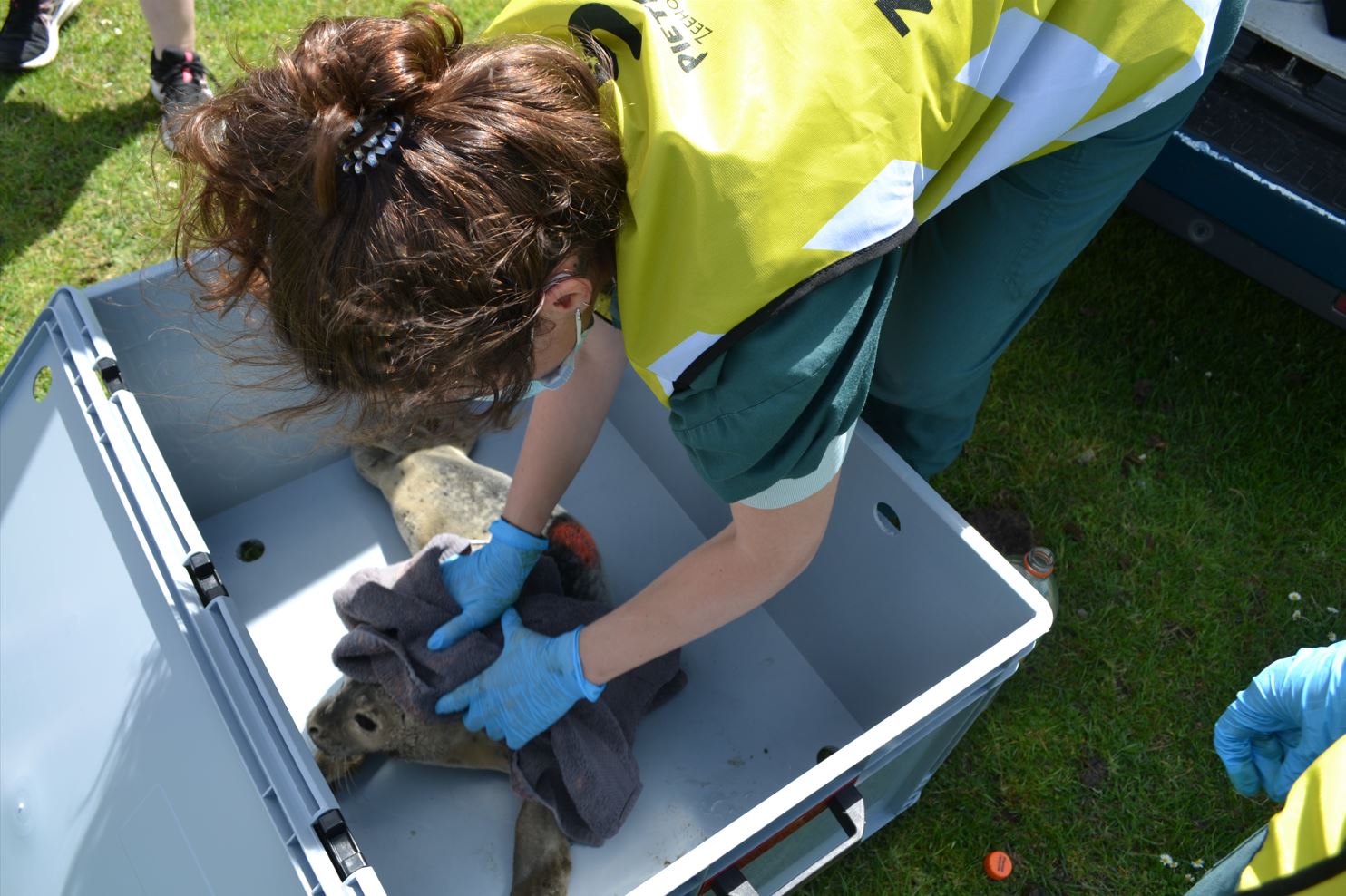Deze site maakt gebruik van cookies, zodat wij je de best mogelijke gebruikerservaring kunnen bieden. Cookie-informatie wordt opgeslagen in je browser en voert functies uit zoals het herkennen wanneer je terugkeert naar onze site en helpt ons team om te begrijpen welke delen van de site je het meest interessant en nuttig vindt.
Seal guards
The heroes who prevent problems for seals. Every single day. They are our eyes, ears and voice along the coast.
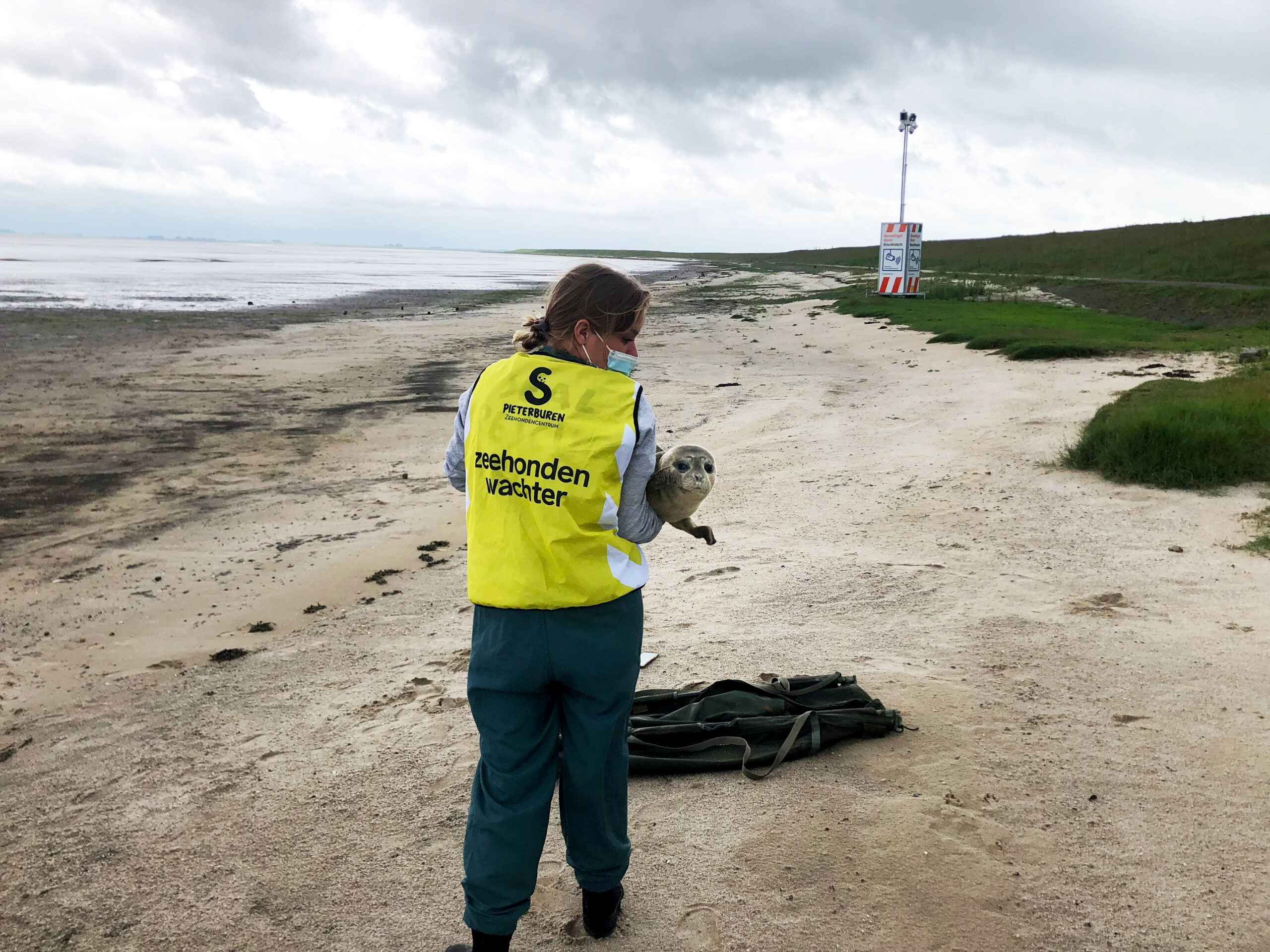
You may have already come across them on the beach. Because they can be recognised by brightly coloured vests bearing the logo of an operational seal centre: seal guards. In spring 2022, the Netherlands' first seal guards will be officially trained. A proud moment for us. A great step in the right direction: prevent when possible, rehabilitate when necessary. On this page you can read all about these heroes.
What is a seal guard?
Seal guards are specially trained professionals or volunteers, who act along the Dutch coast on behalf of a centre when seals are reported. These seals may be sick, injured or orphaned. Above all, we see seal guards as our heroes of the day. Because the best home for any seal is a healthy sea, and every day the seal guards dedicate themselves to preventing seals from getting into trouble.
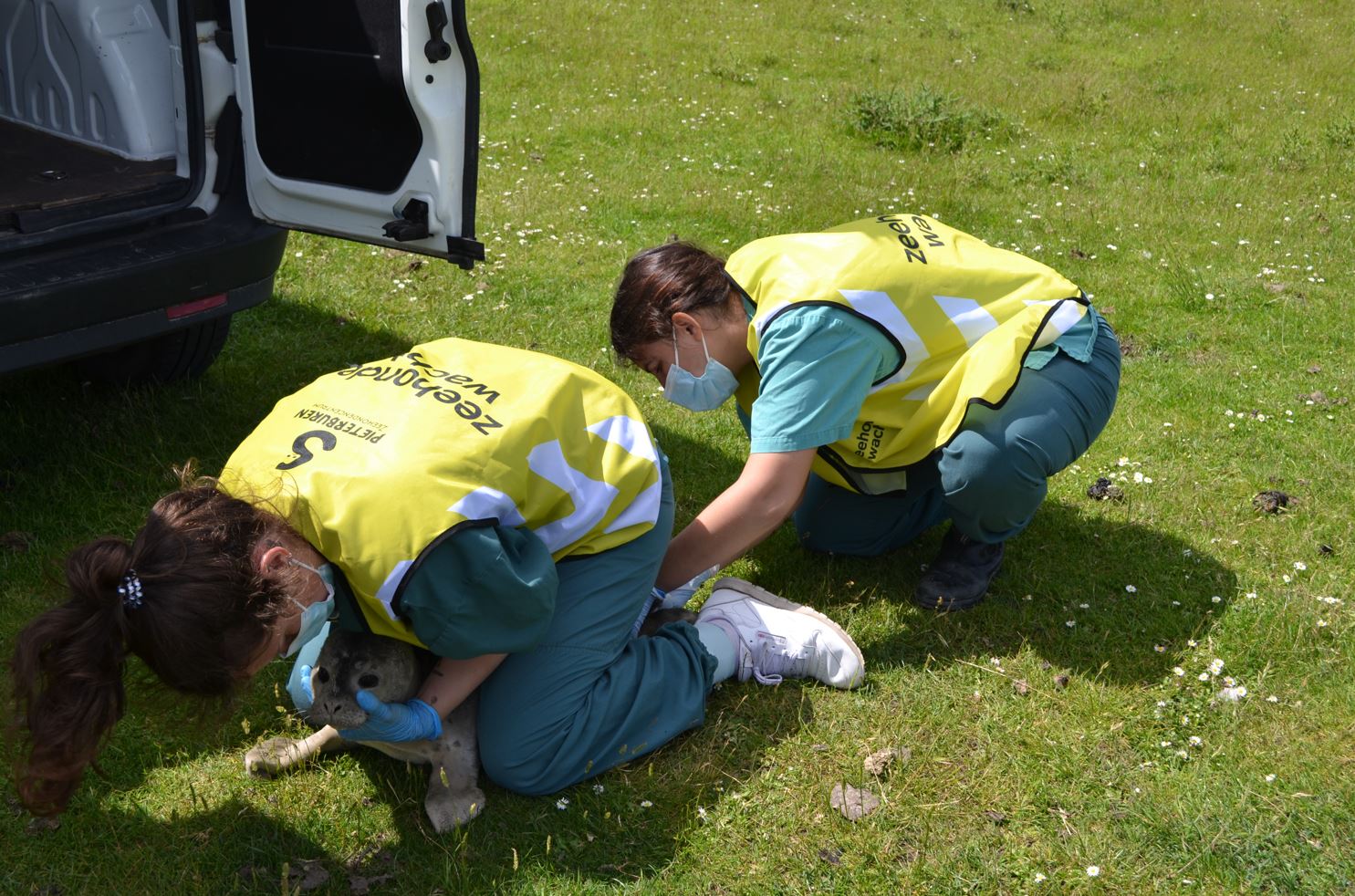
Ears, eyes and voice of seal centres
De zeehondenwachters zijn opgeleid om de ogen én oren te zijn van het zeehondencentrum waar ze actief voor zijn. Ook zijn ze onze stem richting het publiek. Zij zijn degene die naast en in contact met het publiek staan op het strand. Ze geven voorlichting over de zeehond, het leefgebied en het opvangbeleid van zeehonden in Nederland. In Nederland zijn er drie operationele centra: A Seal in Stellendam, Ecomare on Texel and us - Zeehondencentrum Pieterburen.
Only seal guards are allowed to help assess and handle the seal in question when necessary - according to Seal Agreementsigned in 2020. This is forbidden to anyone who is not an official seal guard. Besides, it can be life-threatening for both humans and animals. The recognition of seal guards helps immensely in protecting seals and preventing the beach-going public from handling seals themselves.
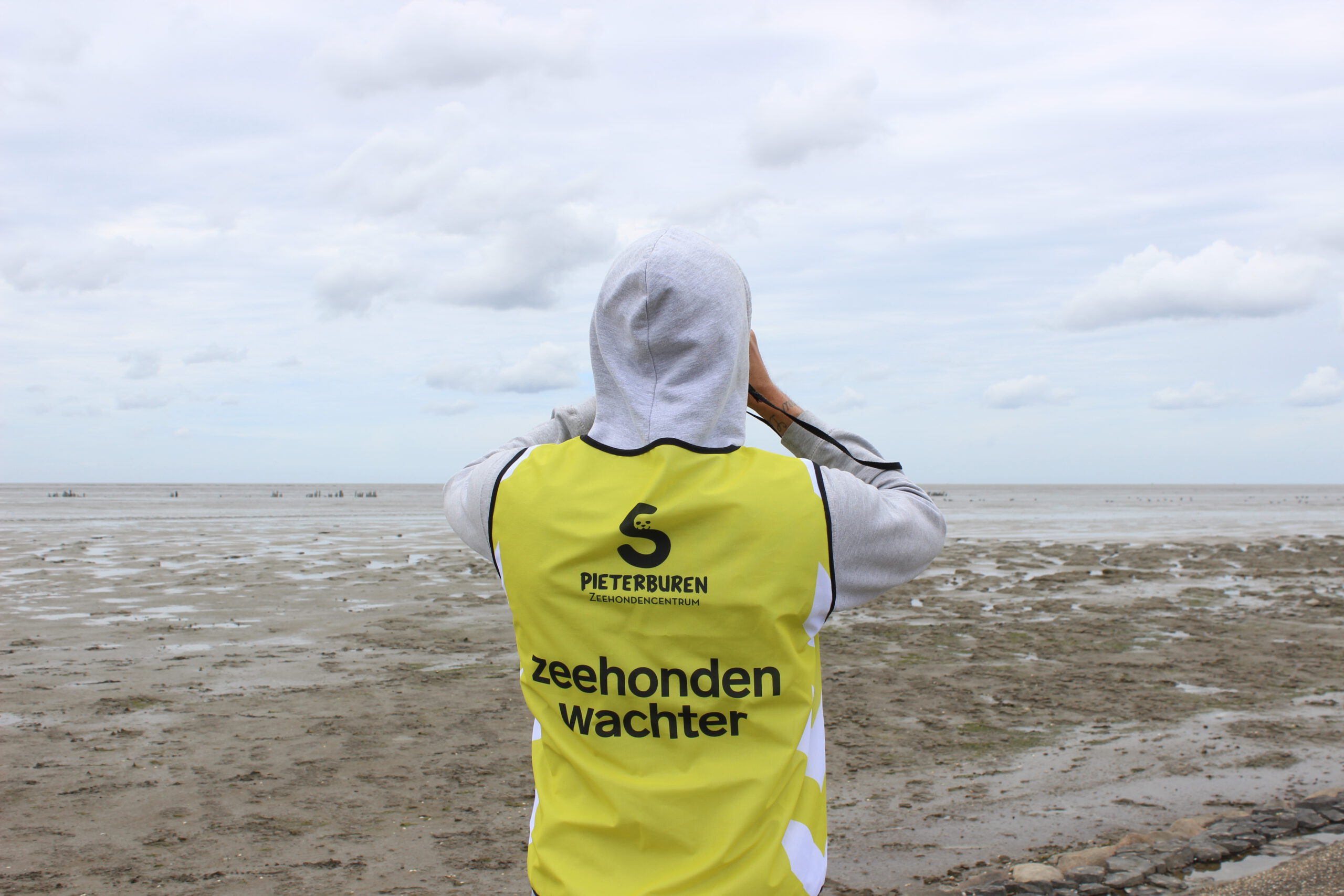
Man is seal's biggest threat
Because this - although mostly well-intentioned - unfortunately still happens. Far too often. Ironically, humans and their activities are one of the biggest threats to seals. A sad example of this is seal pup Dumbo. Unfortunately, Dumbo got into the wrong hands, ending up in our seal centre.
Support the work of seal guards
No rehabilitation, but rest
Seal guards are good at determining whether the seal needs help at all. In fact, often it does not, but the wild animal just needs rest and space. We cannot say it often enough: the best home for every seal is a healthy sea. That is where the seal guards plays an important role.
A great example is the reunion of mother and pup in the Dollard en pup in the Dollard during observation. Because seal guards work with strict observation rules, we give seal mothers the opportunity to return to their pup.
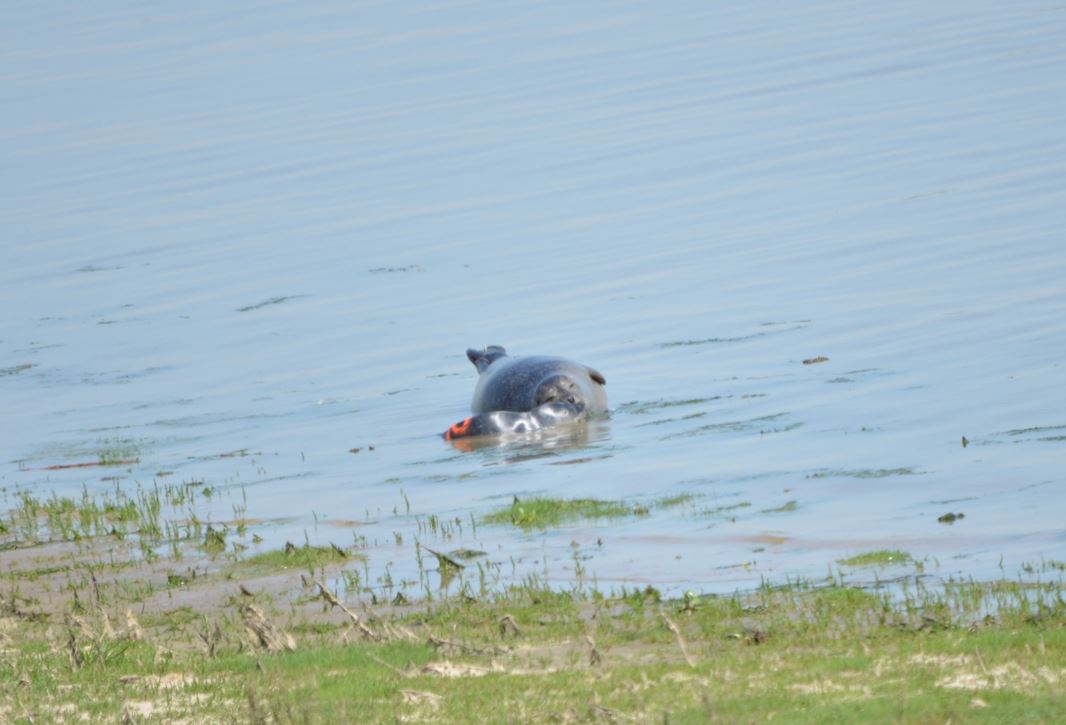
Professional training
Seal guards are well trained in assessing a seal's situation. They are in close contact with the veterinarians and nurses of the centre and from the joint expertise, the best course of action is decided for each individual case. They are also well trained in creating a safe environment for the seal. Think of, for example, moving the animal to a more suitable, quiet place - where the public cannot reach.
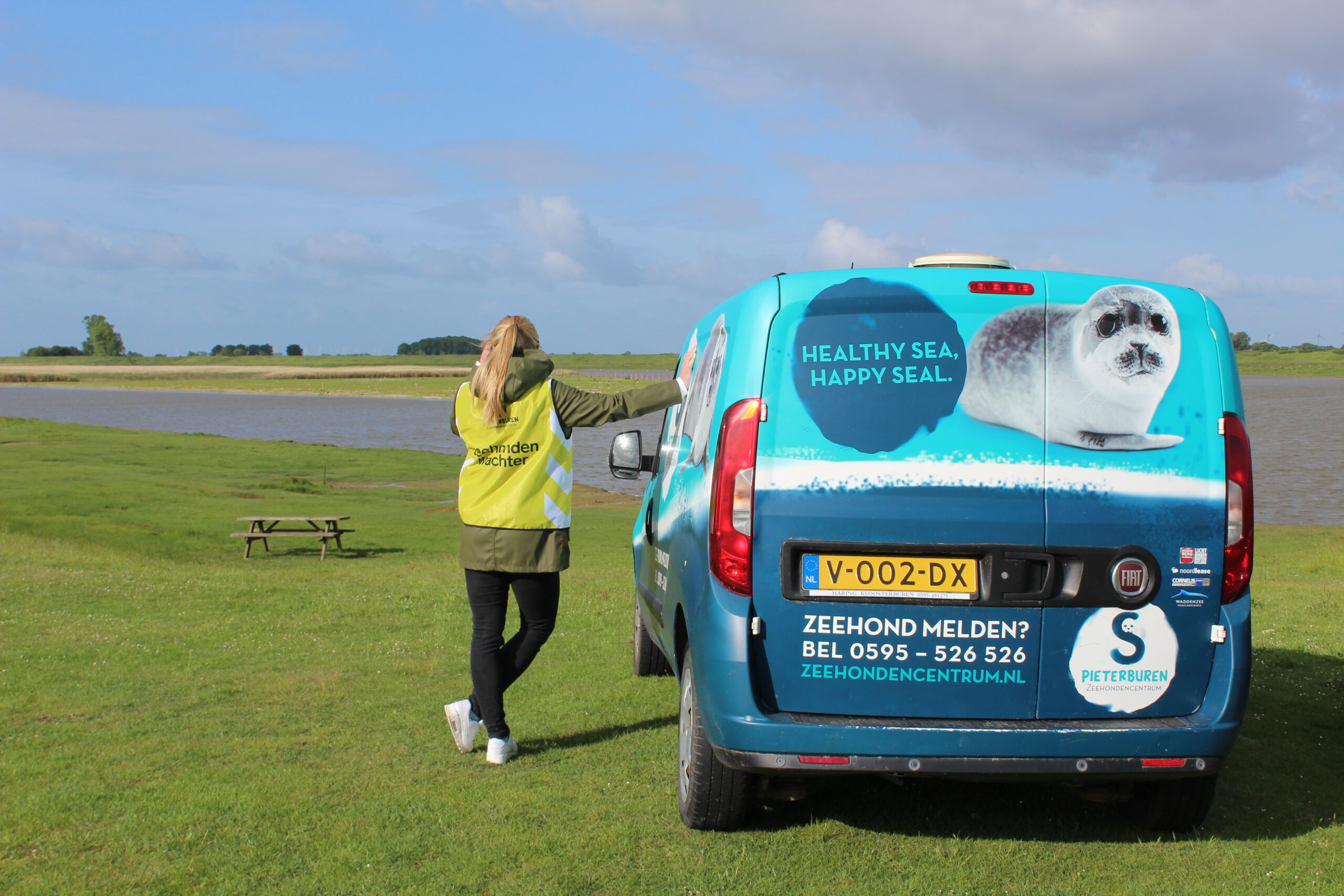
Ies Akkerdaas
Seal guards are trained to work safely around and with seals. They undergo special training. This training was developed by the seal centres, under the guidance of Ies Akkerdaas. She is an active seal watcher on Terschelling and a former lecturer at the veterinary faculty of Utrecht University. This has created a professionally designed training course, filled with all the knowledge, expertise and experience of the centres themselves.
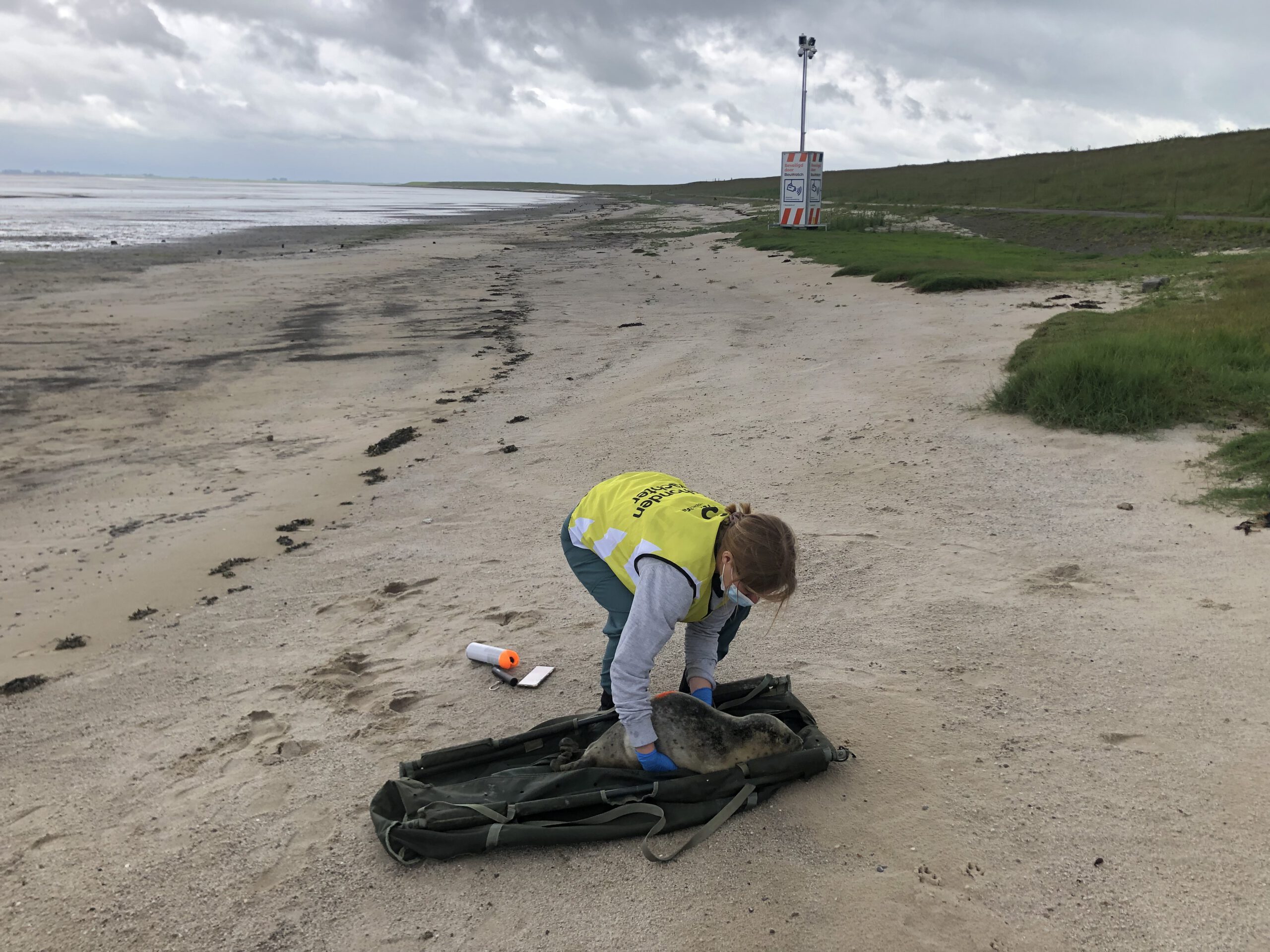
Theory and practice
The training consists of two parts: theory and practice. The theoretical training includes:
- What the characteristics of seals in the Netherlands are
- How to recognise any abnormalities
- How to be in contact with the centre about this
- How to drive and work safely on the coast
- How to communicate with the public and the regulations concerning seals
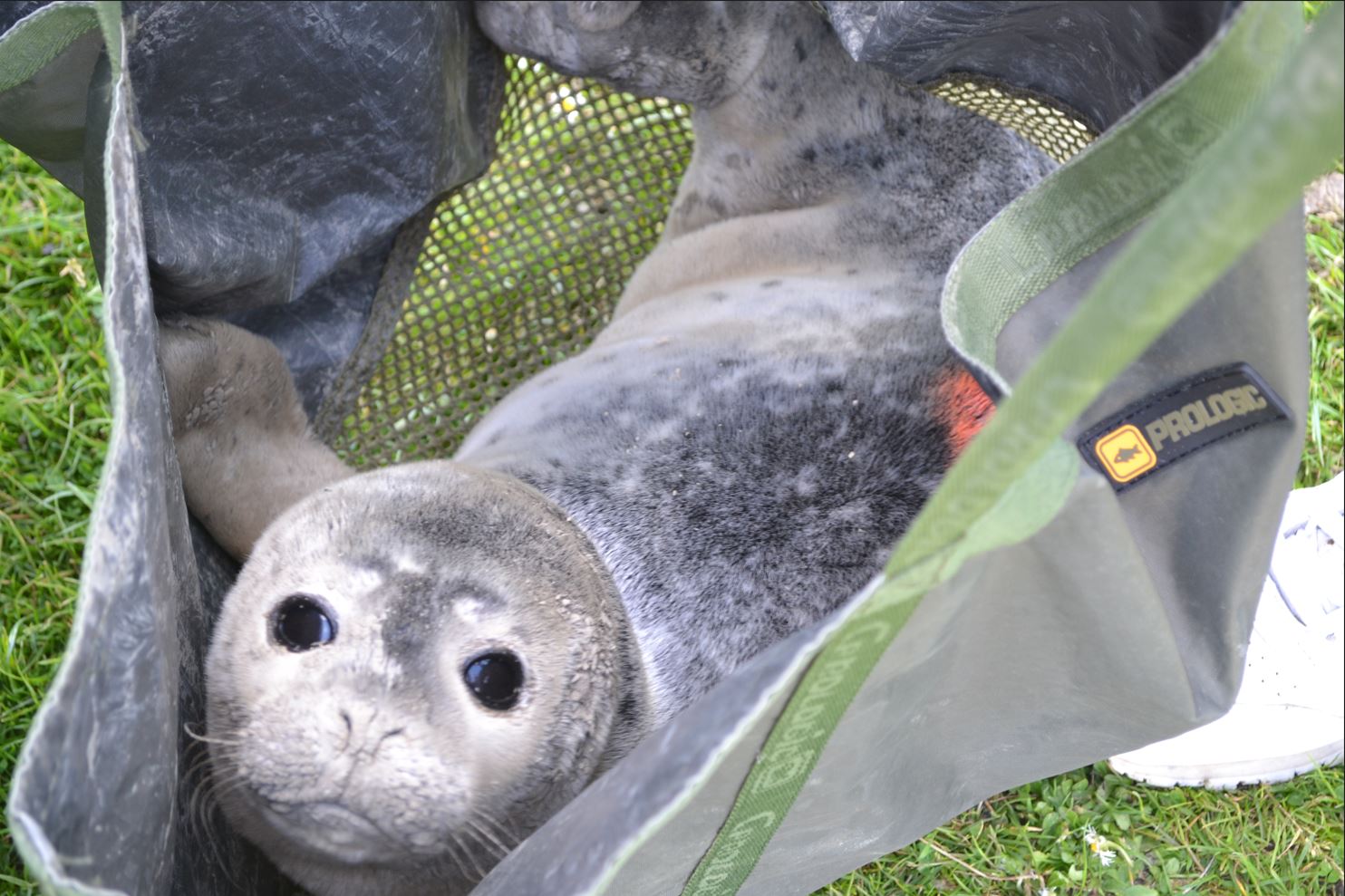
The practical training includes:
- How to safely catch a seal
- How to safely place a seal in a transport crate
- How to safely transport the seal
- Stabilising a seal
- How to cool down a seal
- Freeing a seal from any entanglement
With all this knowledge and skill available, seal guards can work for the centre under whose name they operate.
